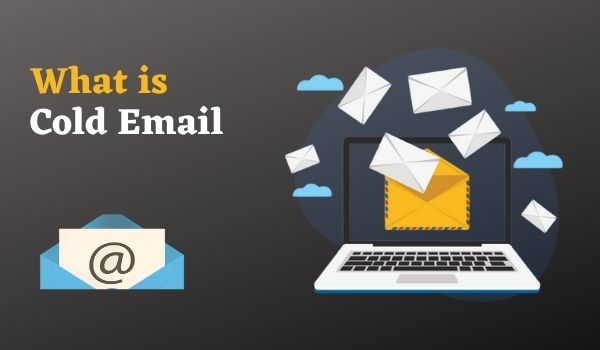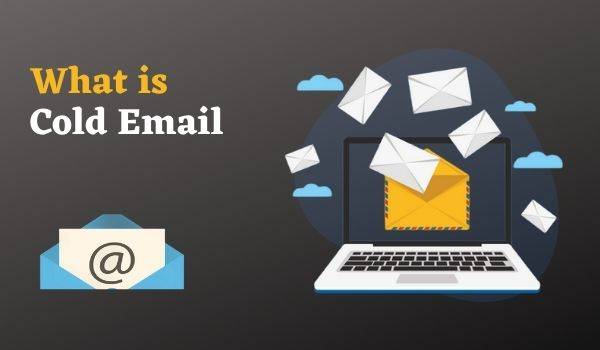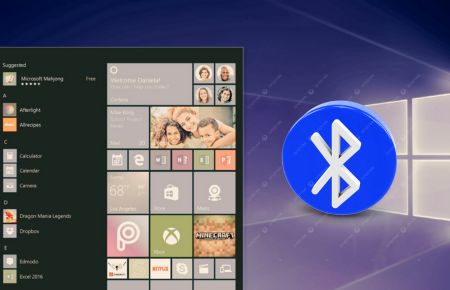In this article, we will go through cold email. If you see, cold emails are playing a good role in email marketing. So, in this article, we will talk about what is cold email and cold email mean with some analysis. It’s like sending a blind date request on an online dating site. You don’t know the person, they don’t know you, and chances are they won’t reply if your email is poorly written or mistargeted.
What is A Cold Email?
A cold email is an unsolicited message to a stranger. But there are some things you can do to increase the likelihood of your cold email being responded to. Cold emailing is the act of sending an unsolicited email to someone in order to get them interested in your product, service, or idea. This technique has been used by small business owners for years as a way to generate leads for their business.
UniqueRewards.com! Find hundreds of Unique Offers, complete them and Get Paid Real Cash!
There are many misconceptions about cold emails. Some think that cold emails are spammy, so they never send them out. Others don’t have any ideas on what to write or where to send them. However, the truth is that not all cold emails are created equally. With the right message and delivery routine, you can successfully turn your cold emails into warm leads that convert into customers!

Cold emailing is a direct method of marketing that can be very effective. It’s not an easy task, but it can be done. This is an email message sent to a person or company that you do not know. They are often used in the business world as a way to reach out to someone who might be able to help you but hasn’t reached out first. However, cold emails can be applied in other ways too.
Cold emails are targeted towards businesses that fall into the same niche as your own, so people who would want what you offer. If you’re interested in writing cold emails, here are some tips on how best to send them and where to send them.
Sending cold emails
The first thing you want to do when drafting your cold mail is I think about what you’re offering. The goal of the email is to get the recipient interested in what you’re offering, so it’s important to highlight the features of your product or service. Let’s say you work for a pet store that sells dog food. You can use this email as an example:
Hey Mr. Smith! My name is Jane Smith and I work for ABC pet store located at 123 Main Street. We are currently having an event on Saturday, June 12th with lots of great deals on dog food! I have attached our flyer below with all the details.
Please reach out if you have any questions!
Email us at hello@petstore123.com
Where to send your cold email
Cold emails are best sent to potential clients who have shown interest in your company but have never interacted with you. For example, if you’re a brick-and-mortar restaurant, cold emailing people who live in your city would be appropriate.
Although the chances of success are better when sending cold emails to targets that have shown interest, sometimes there are just no other options. If you have exhausted all of your other marketing efforts, sending a cold mail is worth the risk. There are many places on the internet where you can find contact information for prospects that might be interested in what you have to offer.
For example, LinkedIn has an advanced search engine that will let you search by occupation and location to find potential clients with your desired demographics. If you’d rather not use LinkedIn, sites like ZoomInfo or Hoovers make it easy for you to find more people with specific qualifications.
Once you’ve found possible contacts through these methods, it’s important to tailor your email appropriately before hitting send!
Why do people say cold emails are spammy?
Cold emails are not spammy. All email is spam if the person on the other end doesn’t want it. The issue is that people are too quick to categorize cold emails as spam, but there are many reasons why they may be more receptive to them than they think. For example, some people prefer to communicate through email instead of phone calls or text messages.
The importance of the subject line
The subject line is the first thing that the recipient will see when they open your email. It’s important to use a subject line that is relevant to them, something that will entice them to read the email.
If you are reading this, I have some tips for you
If you are reading this, I have some tips for you. First, start by researching the company that’s interested in. You can do this by reading their blog or website. You will get a better idea of the goals they’re trying to accomplish and what their customers are looking for. This research will help you to establish a great connection with your target company.
Next, make sure that your email has a clear introduction full of relevant details about yourself and your business. Mentioning the company’s name is always a good way to start off because it shows them you did your research! After introductions, follow up with what you could offer their company – like “I noticed that you’re looking for an intern, and I would love to be considered!”
Finally, end with an actionable call-to-action (CTA) like “I encourage you to reach out when you’re ready to talk!” This CTA will show them that you’re serious about partnering with them and give them somewhere they can go so they can contact you easily.
How to write a successful cold email
A successful cold email should be short, simple, and concise. It should also mention how you heard about the recipient’s company or brand, what you liked about it, and your goal for writing the email. This will show the recipient that you’re genuine in your outreach, not just sending out emails to random people.
Conclusion
That’s all. In this article we have covered, what is cold emailing and how do we write cold emails to the targeted company or brand. We have talked about spam, where to send emails, how to write cold emails and we have just gone through some tips for cold email. Share this article with your colleagues who are interested to know about cold emails. You may send cold emails to the targeted ones and get them converted into warm emails.
Yes! if you are getting some response by sending cold emails, that can be a good achievement for you. Once you received any query on cold emails then that recipient email you have to store in a warm email list in your database. So, my suggestion would be, to keep sending cold emails to grow your small business rapidly.



